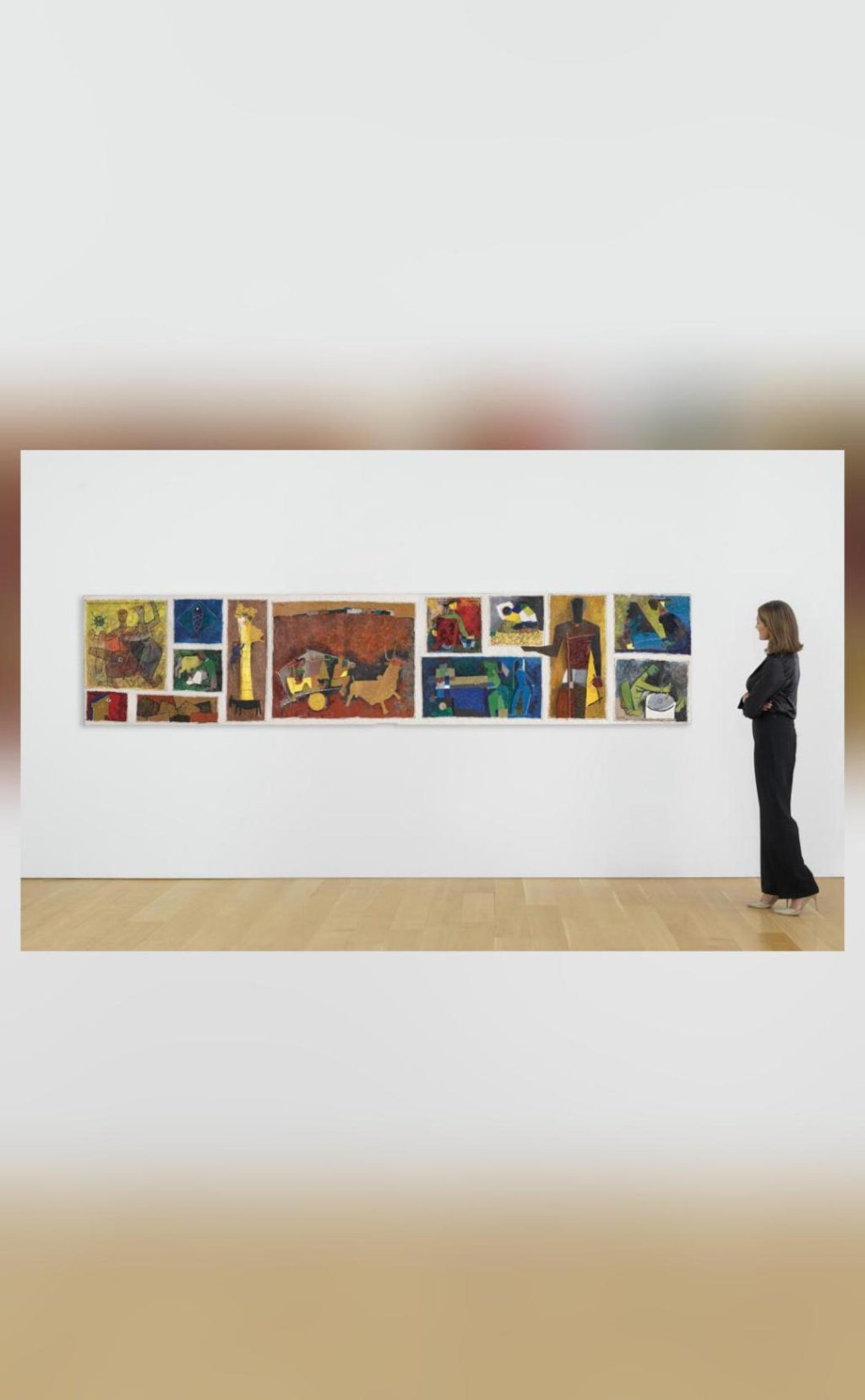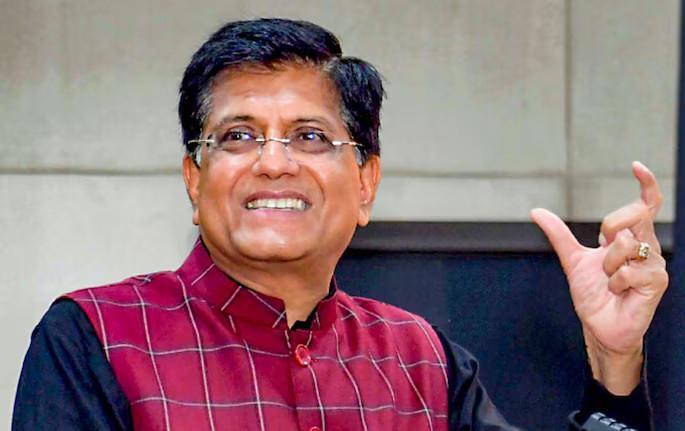
How did India’s most expensive artwork, by MF Husain, reach a Norway hospital?
India’s most expensive artwork, “Untitled (Gram Yatra)” by the legendary artist MF Husain, has made headlines recently after being sold at a Christie’s auction for a whopping ₹118 crore. The painting, which was once owned by a Norway-based surgeon, has an intriguing history that takes us on a journey from the streets of India to the corridors of a Norwegian hospital.
The story begins in 1954 when Dr. LE Volodarsky, a Norwegian surgeon, bought the painting from MF Husain himself. At the time, Volodarsky was working in India, and it’s likely that he acquired the artwork during one of his visits to the country. Husain, who was known for his bold and vibrant depictions of Indian culture and mythology, was already an established artist in India, and Volodarsky’s purchase of one of his works was a testament to the growing recognition of Indian art globally.
Fast forward to 1964, when Volodarsky returned to Norway and donated the painting to the Oslo University Hospital. The hospital, which was Volodarsky’s workplace at the time, was a natural recipient of the artwork, given the surgeon’s connection to the institution. The hospital’s administration, no doubt, was thrilled to receive such a valuable and unique piece of art.
The painting was then hung in a private corridor of the hospital, where it remained for decades, unseen by the general public. It’s a testament to the hospital’s appreciation for art that they were willing to display the painting in a non-public area, rather than selling it off for a quick profit.
So, why did the hospital decide to sell the painting in the first place? According to reports, the hospital was facing financial difficulties and decided to auction off some of its non-essential assets, including the Husain painting. Christie’s, the renowned auction house, handled the sale, and the painting eventually fetched a staggering ₹118 crore, making it India’s most expensive artwork.
The sale of the painting has sparked a renewed interest in MF Husain’s work, with many art enthusiasts and collectors clamoring to get their hands on one of his masterpieces. The sale has also raised questions about the value of art in the modern world. With the rise of digital art and the increasing accessibility of art to the masses, what determines the value of a painting?
In the case of “Untitled (Gram Yatra)”, the painting’s value can be attributed to its unique provenance, its connection to a renowned artist, and its rarity. The fact that it was owned by a Norwegian surgeon who donated it to a hospital adds a layer of intrigue to the painting’s story, making it more than just a beautiful work of art.
The sale of the painting has also sparked a debate about the cultural and artistic significance of Indian art. Husain’s work, which often blended traditional Indian motifs with modernist techniques, helped to pave the way for a new generation of Indian artists. His bold and vibrant depictions of Indian culture and mythology continue to inspire artists and art lovers around the world.
In conclusion, the story of “Untitled (Gram Yatra)” is a fascinating one that highlights the power of art to transcend borders and cultures. From its origins in India to its eventual sale in Norway, the painting’s journey is a testament to the enduring appeal of Indian art and the importance of preserving our cultural heritage.
Source: https://indianexpress.com/article/explained/explained-culture/m-f-husain-painting-9903618/lite/



